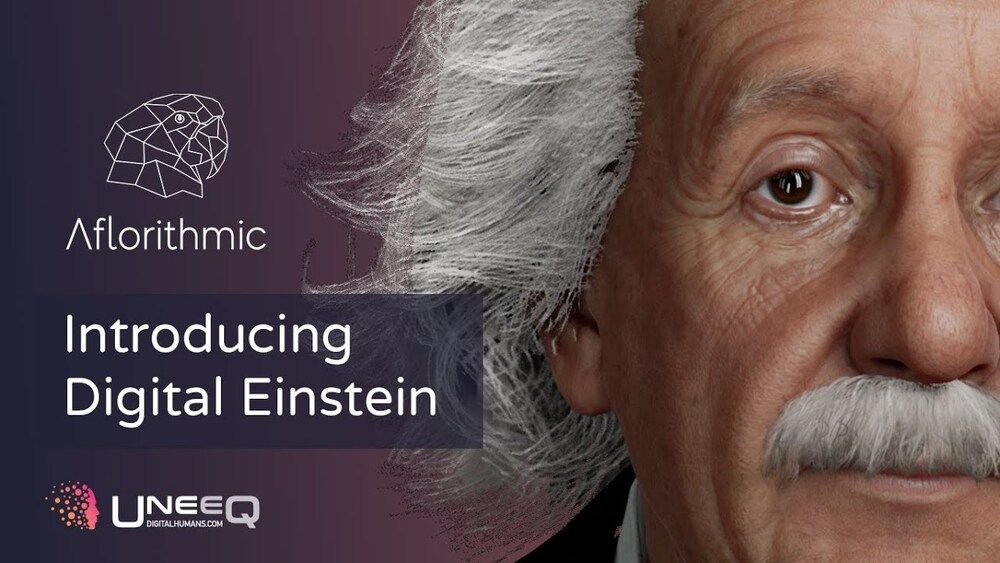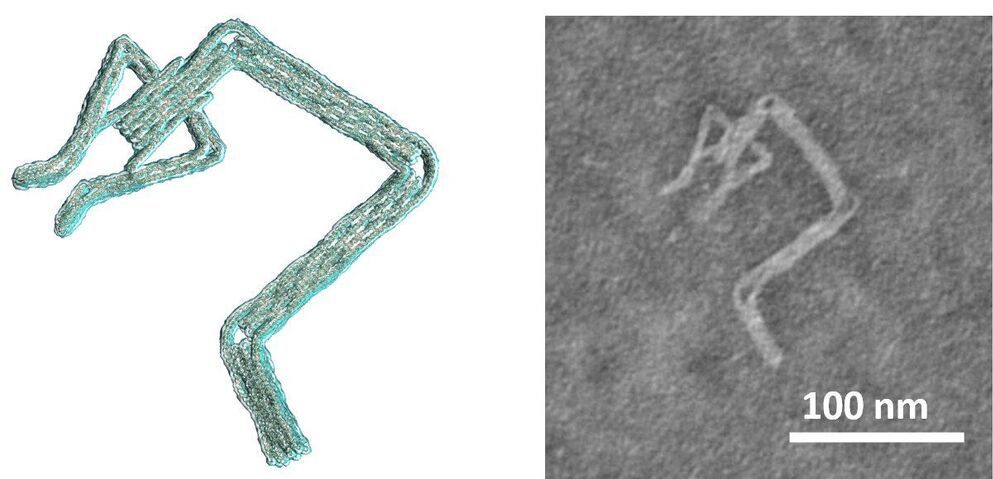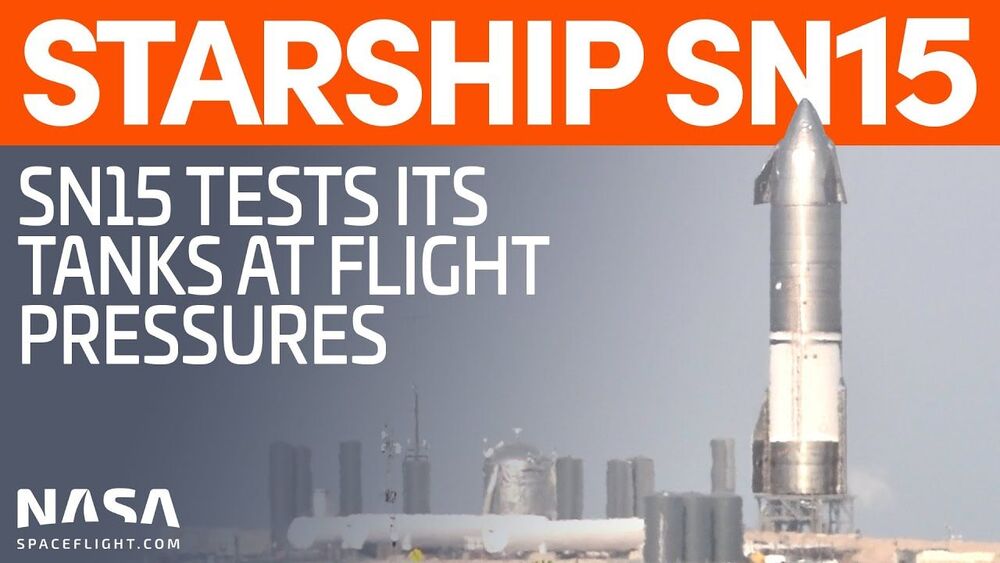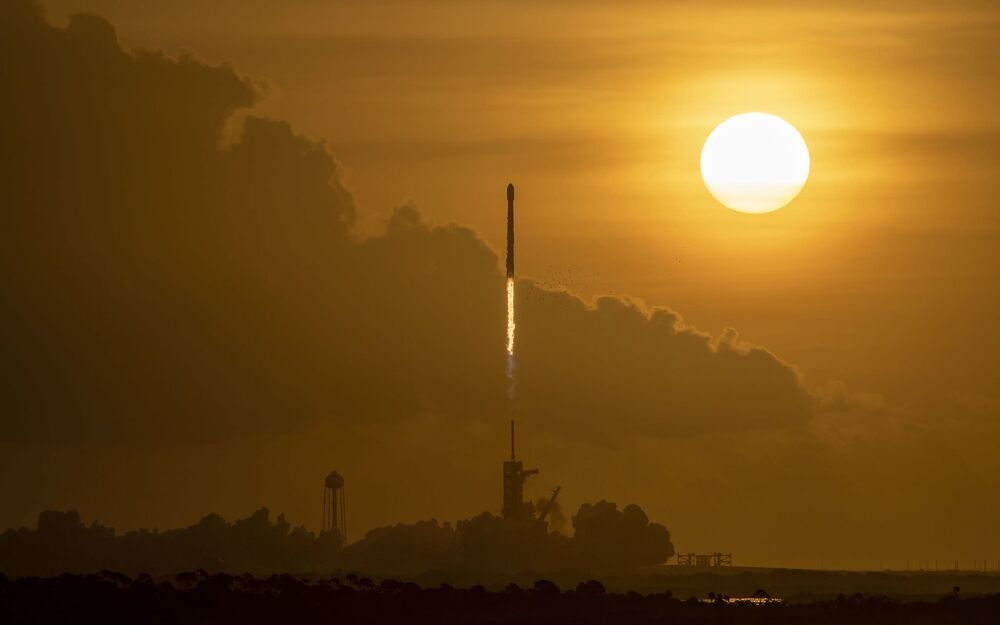Audio content production company Aflorithmic and digital human creators UneeQ have collaborated to synthesize the voice of renowned historical scientist, Albert Einstein.
Both organizations intend to give users the opportunity to ask a life-like Einstein AI practical questions, just as if they were engaging the real-life physicist himself. The companies claim to have chosen Einstein due to his famous reputation as an actual genius, historical icon, technology enthusiast and someone they felt many people would actually want to ask many questions.
For the Einstein proof of concept, UneeQ has combined visual character rendering techniques with an advanced computational knowledge engine in order to make this prototype as realistic as possible. In terms of resurrecting an authentic voice based on the real Albert Einstein, however, researchers had little go on. The only accounts they managed to uncover from historical records reported Einstein to have a heavy German accent and that he spoke, slowly, wisely and kindly in a high-pitched tone.









